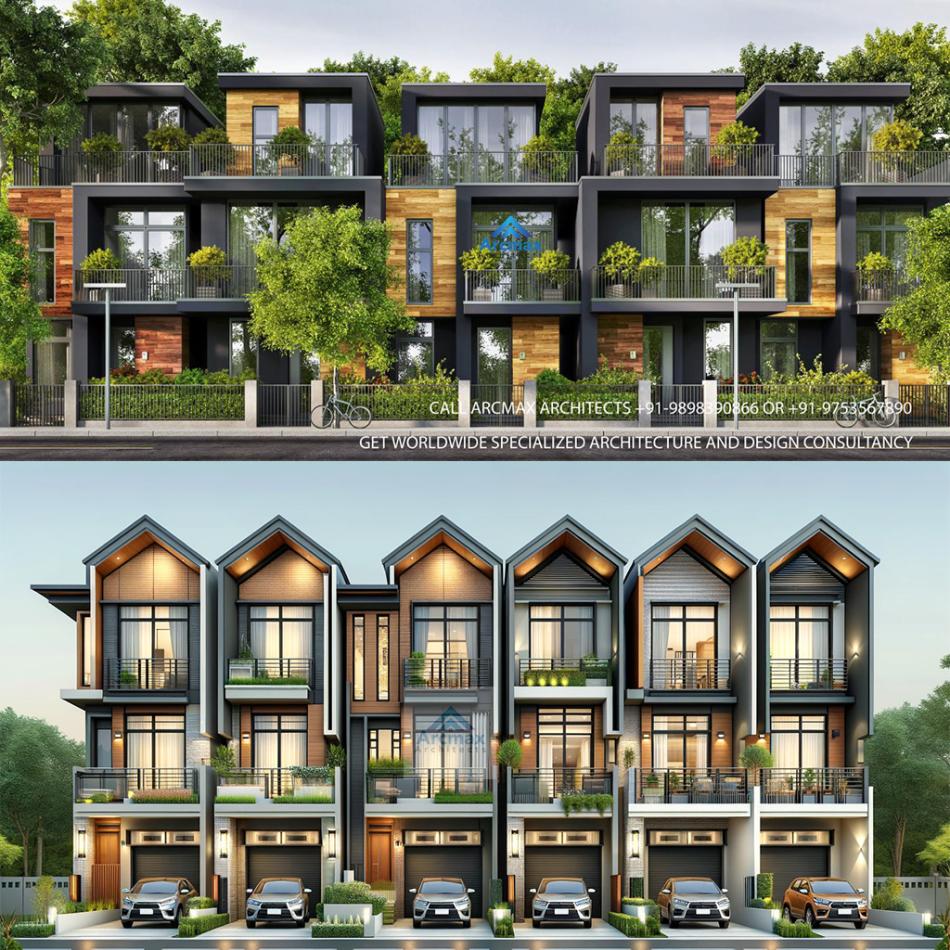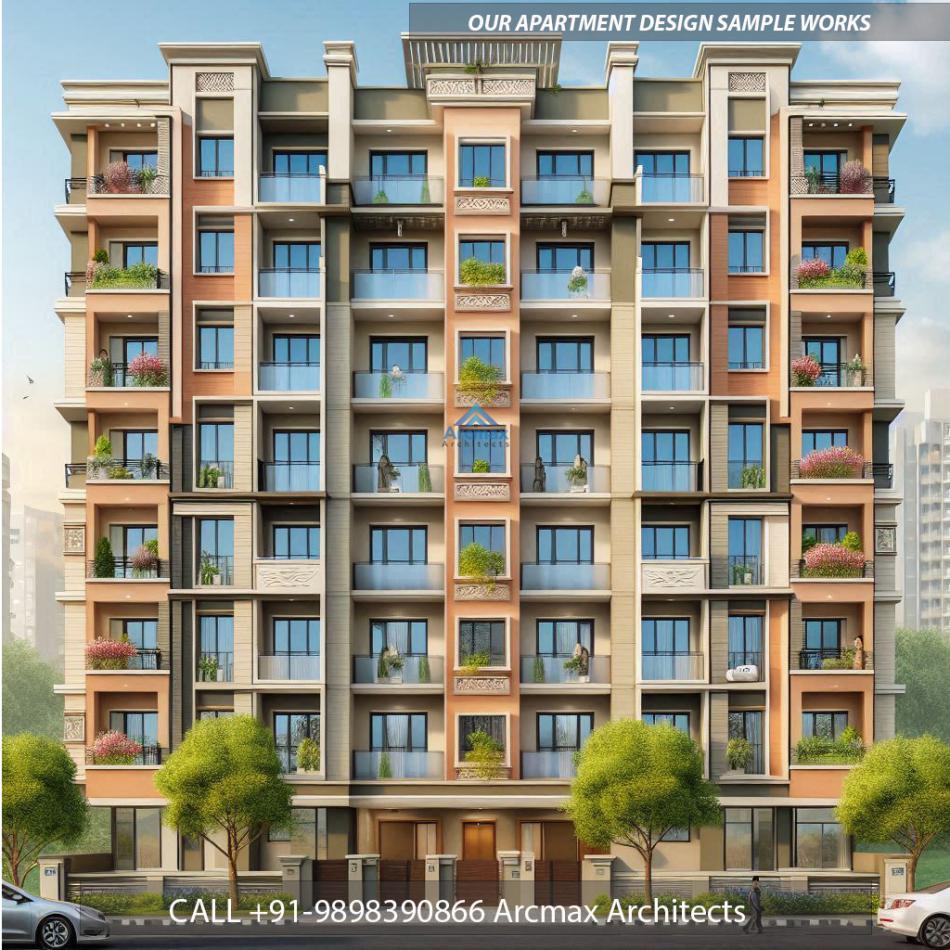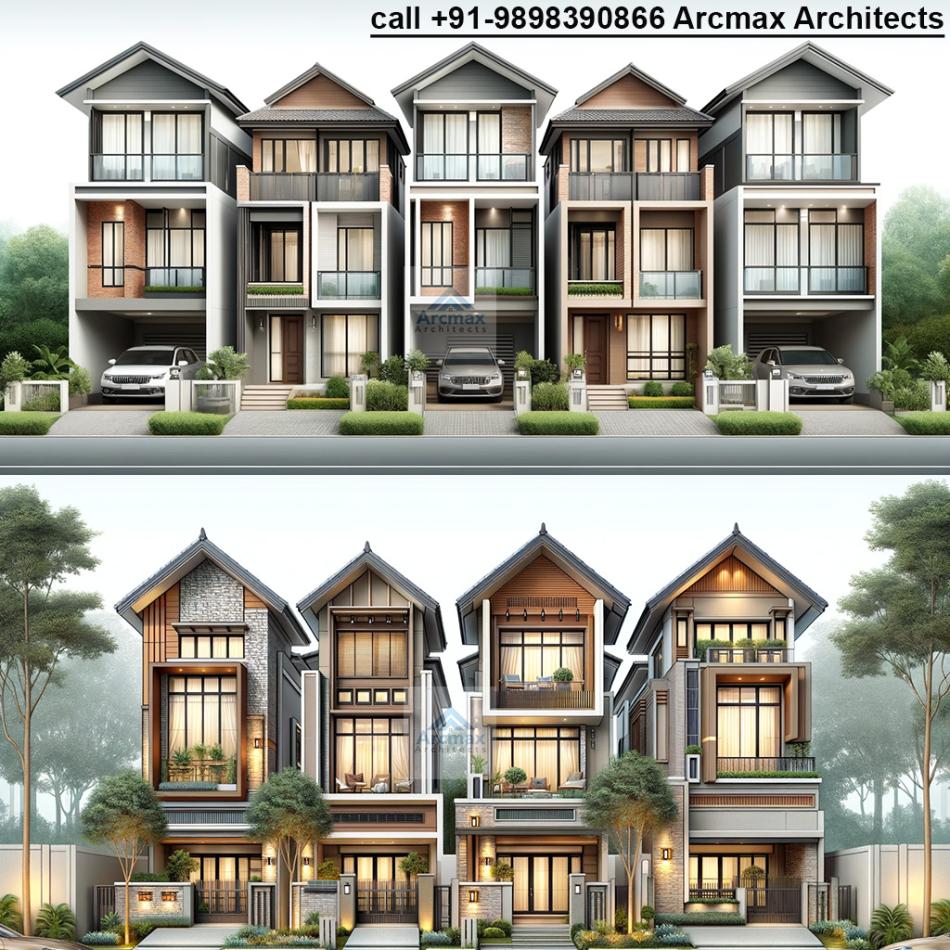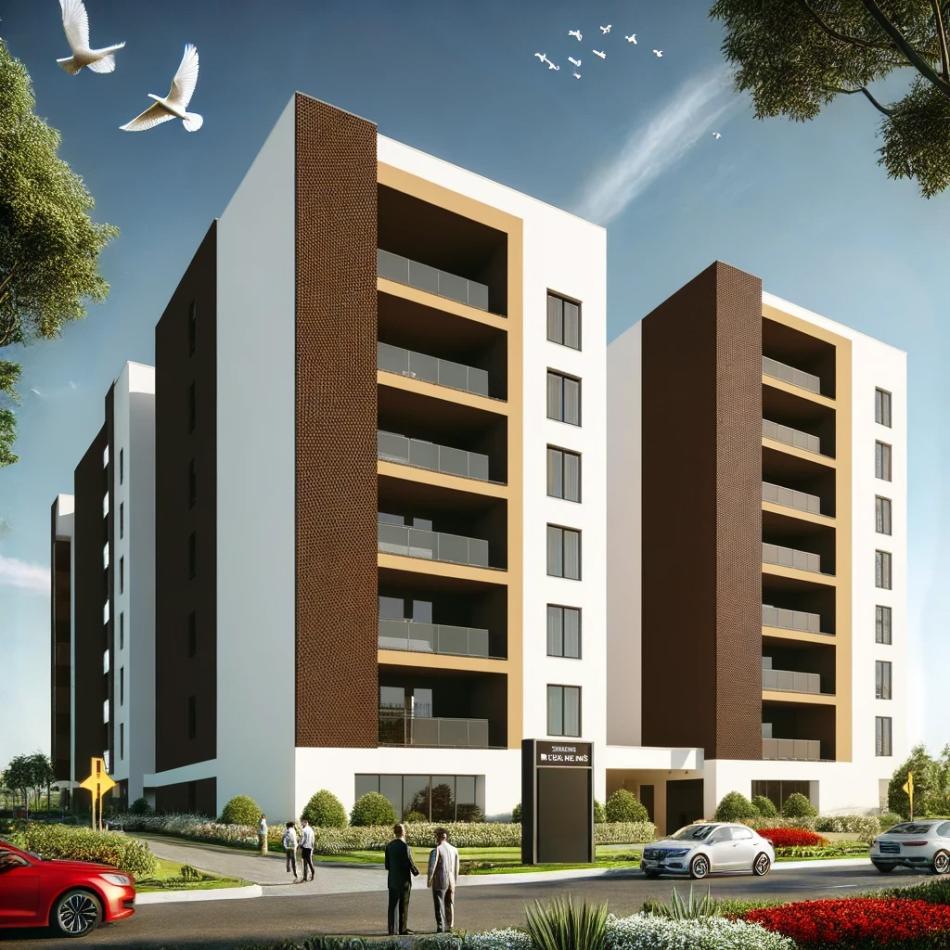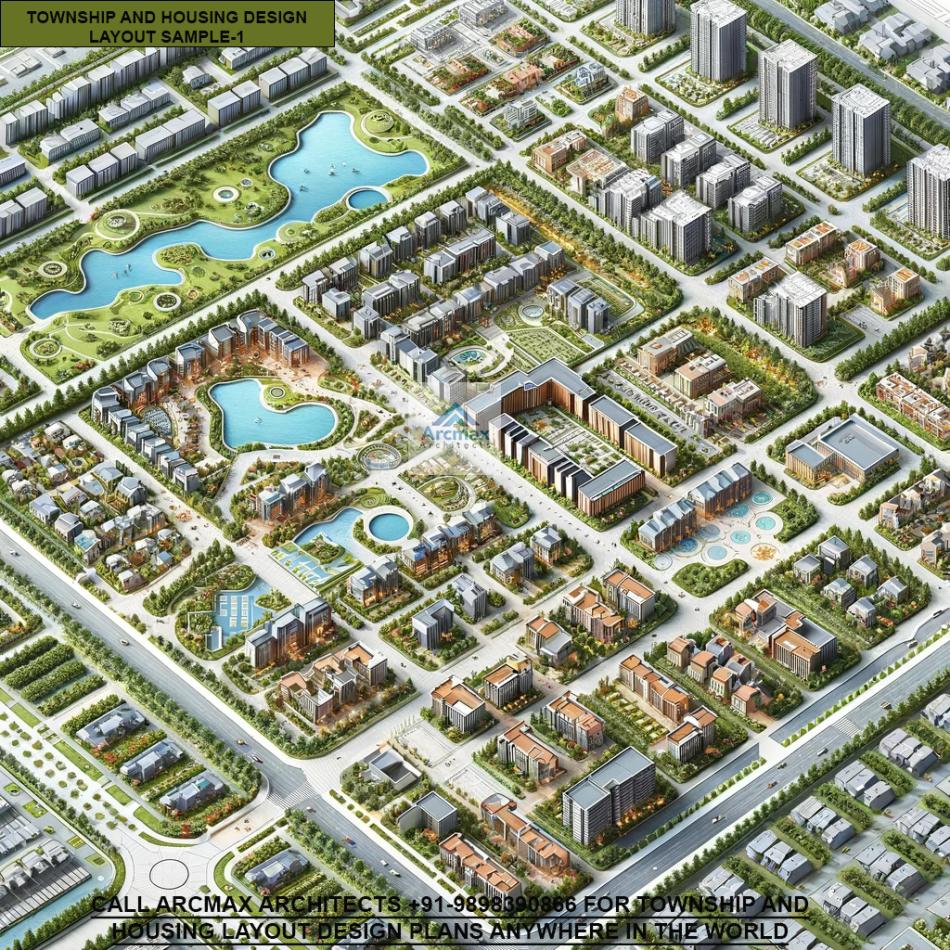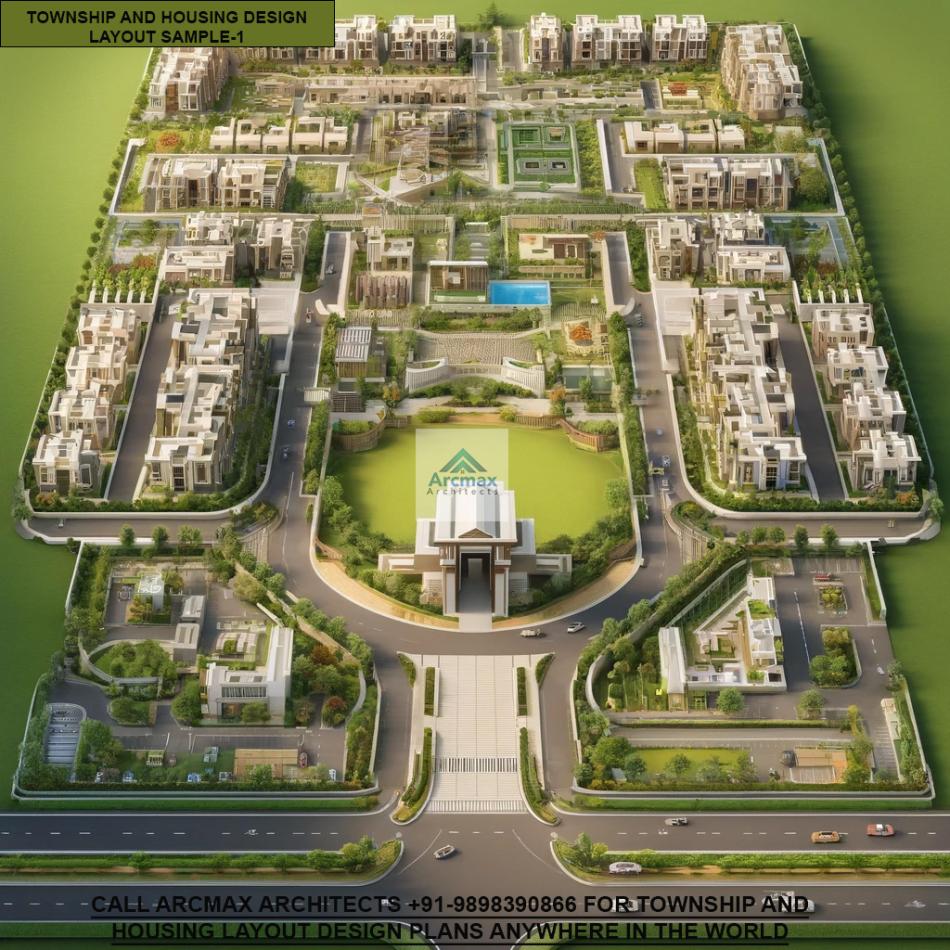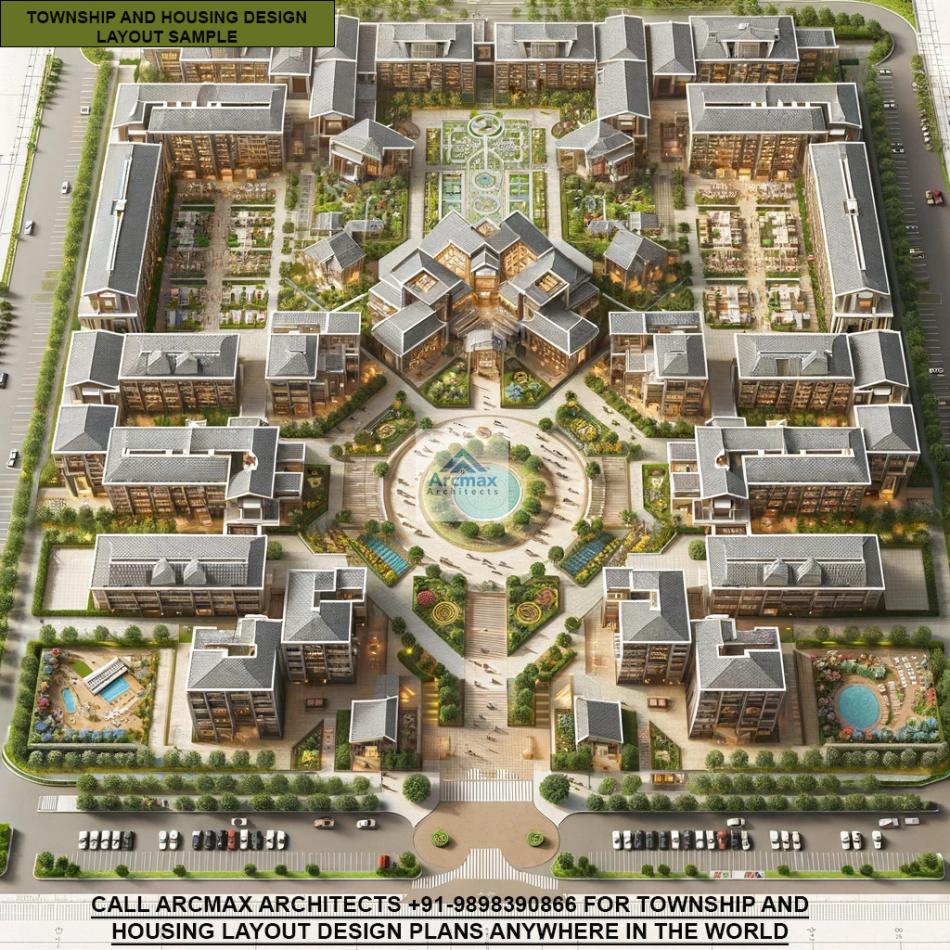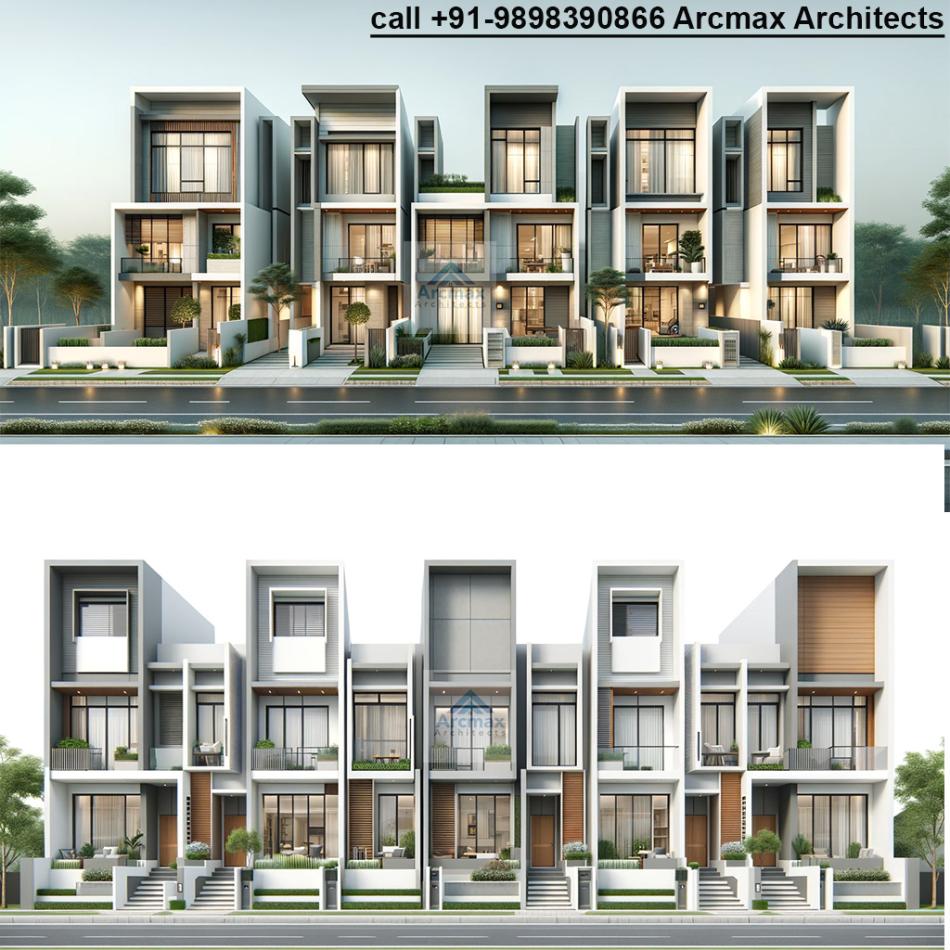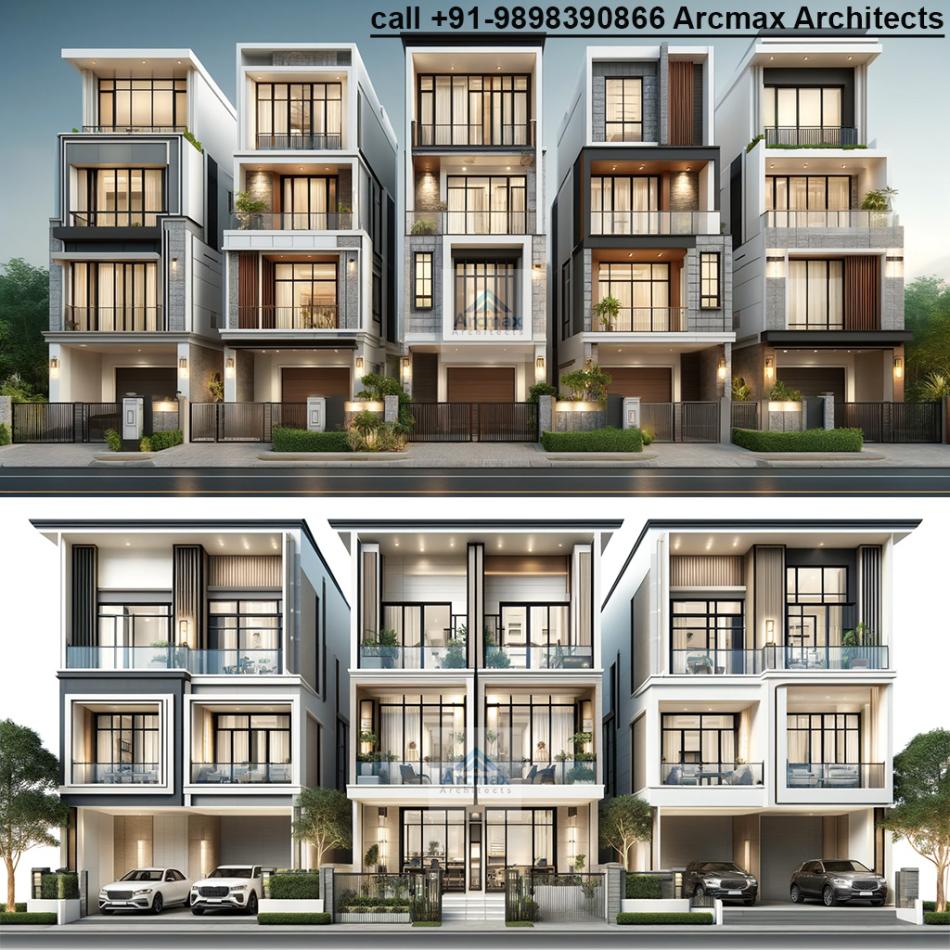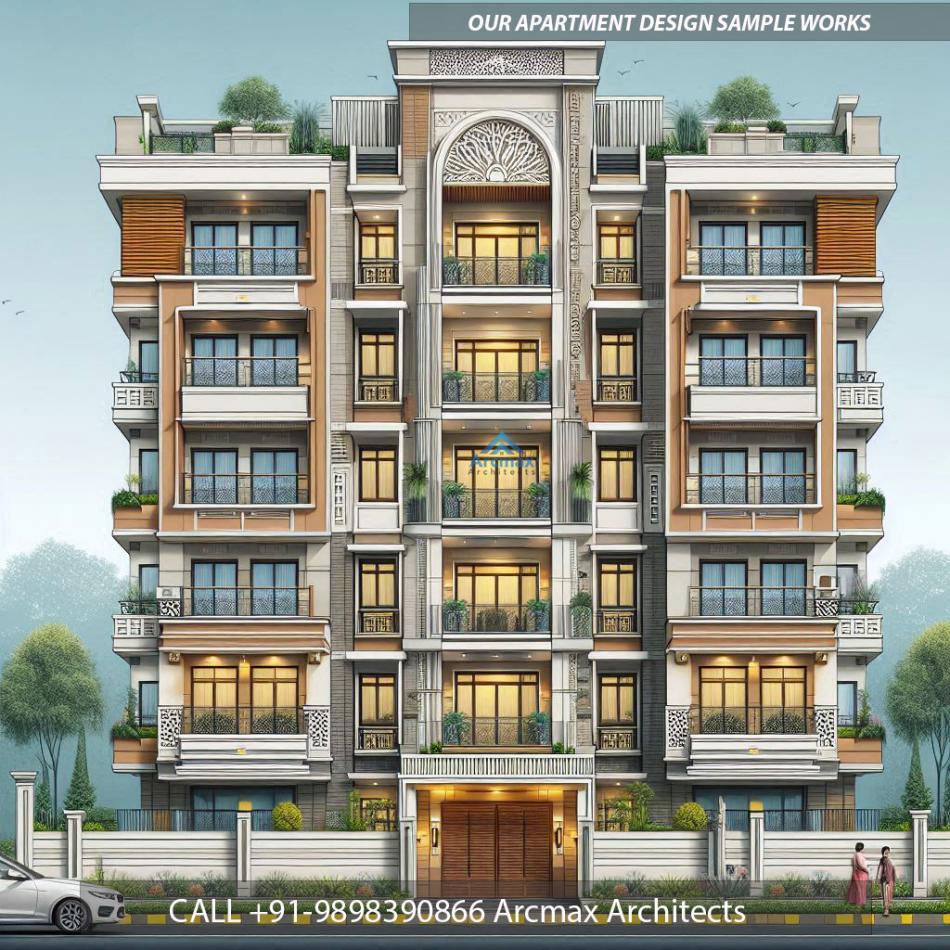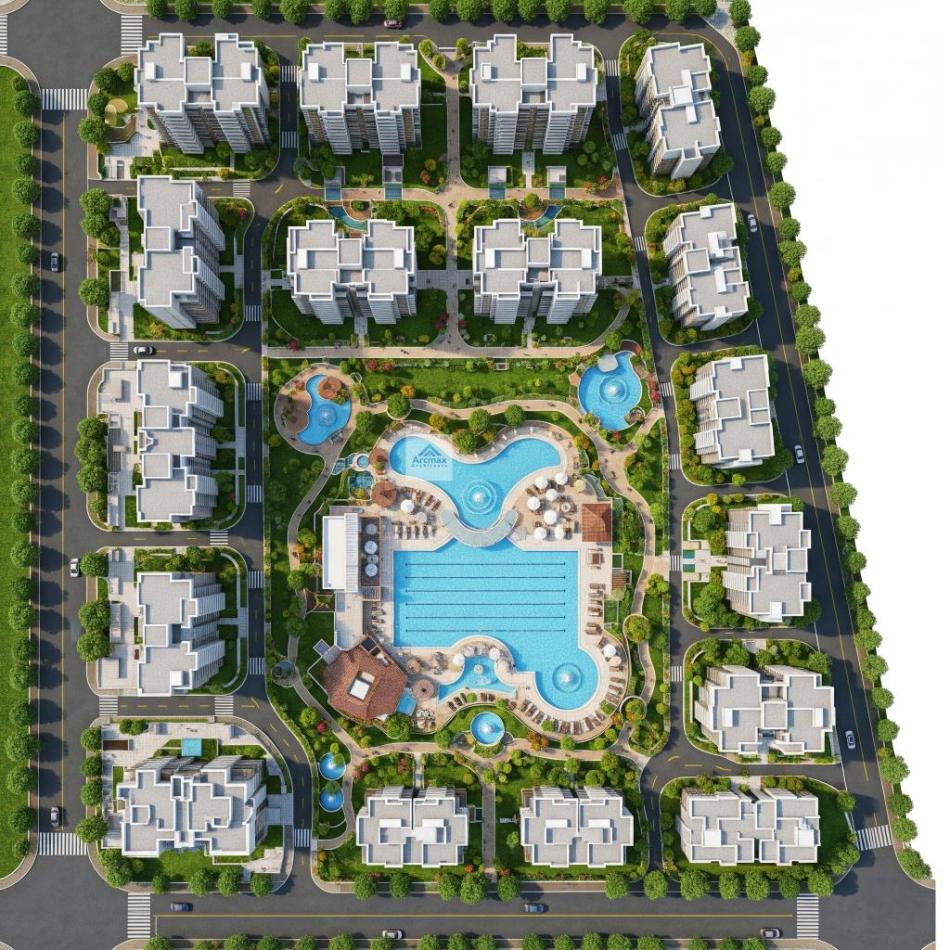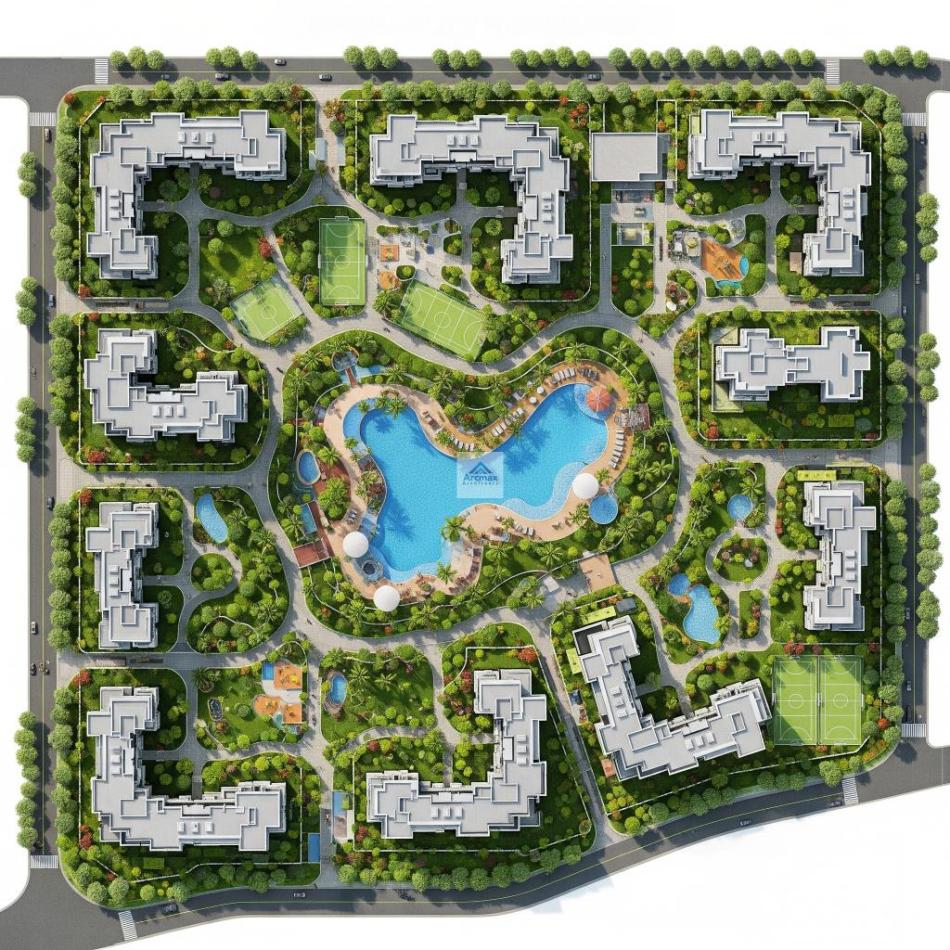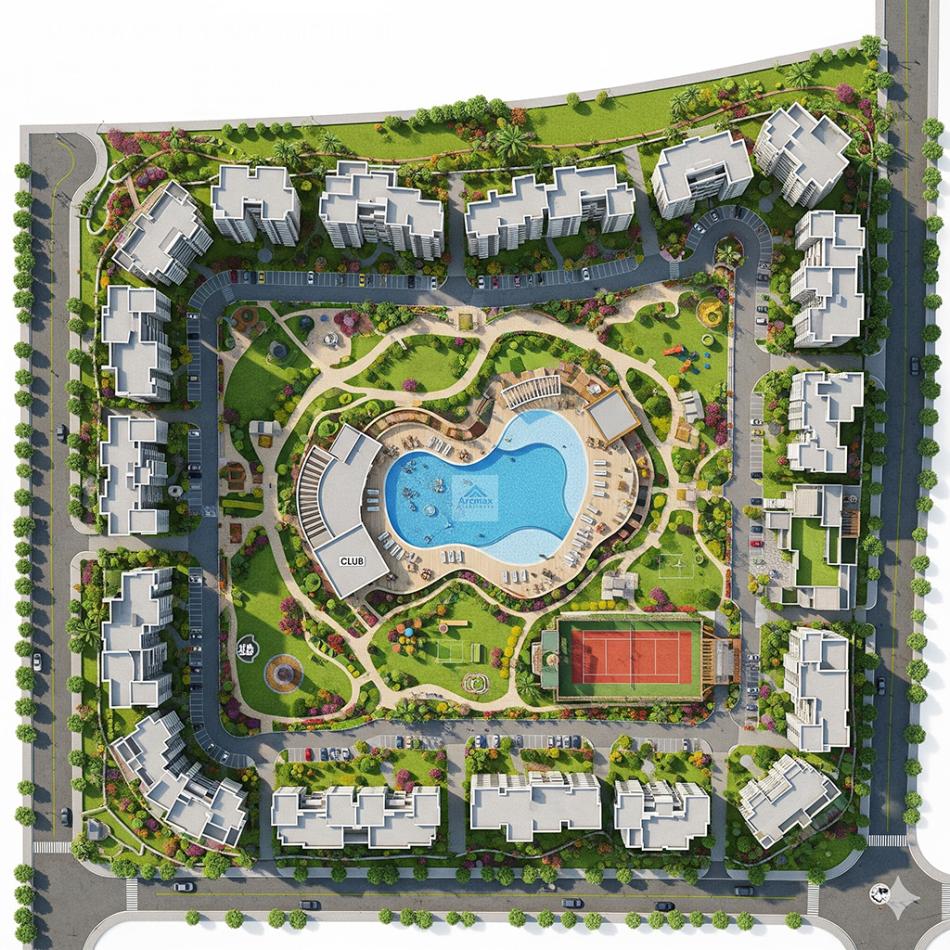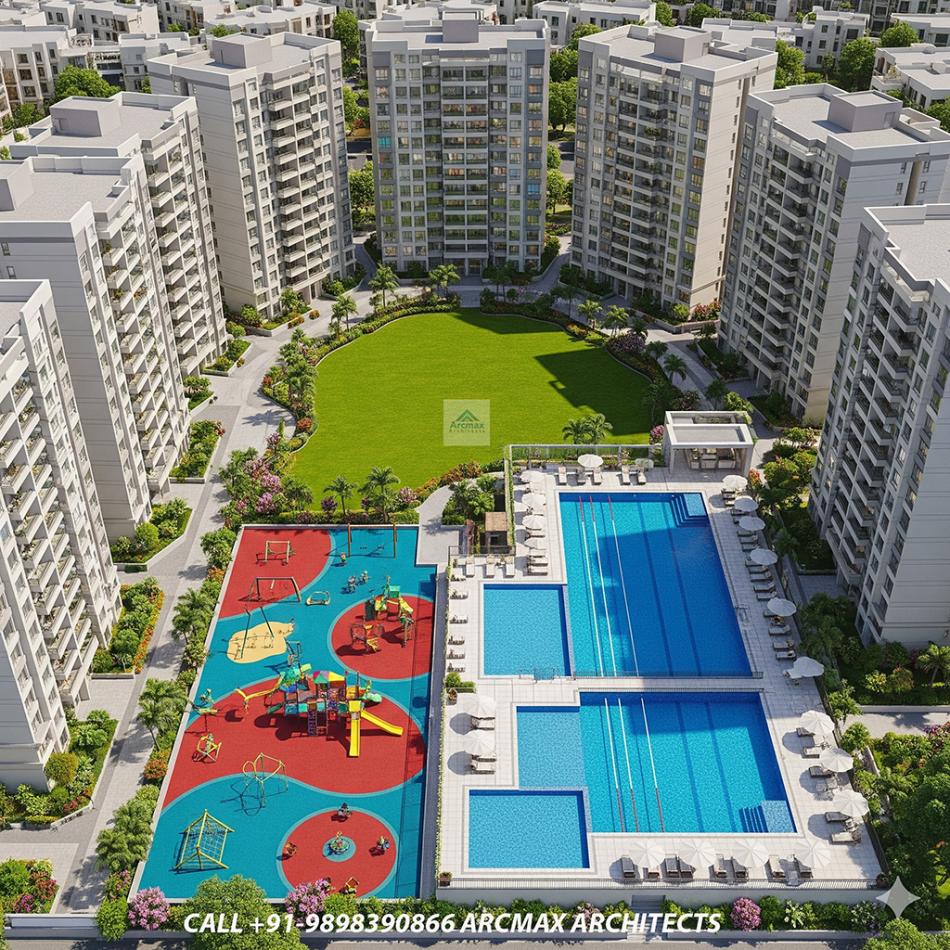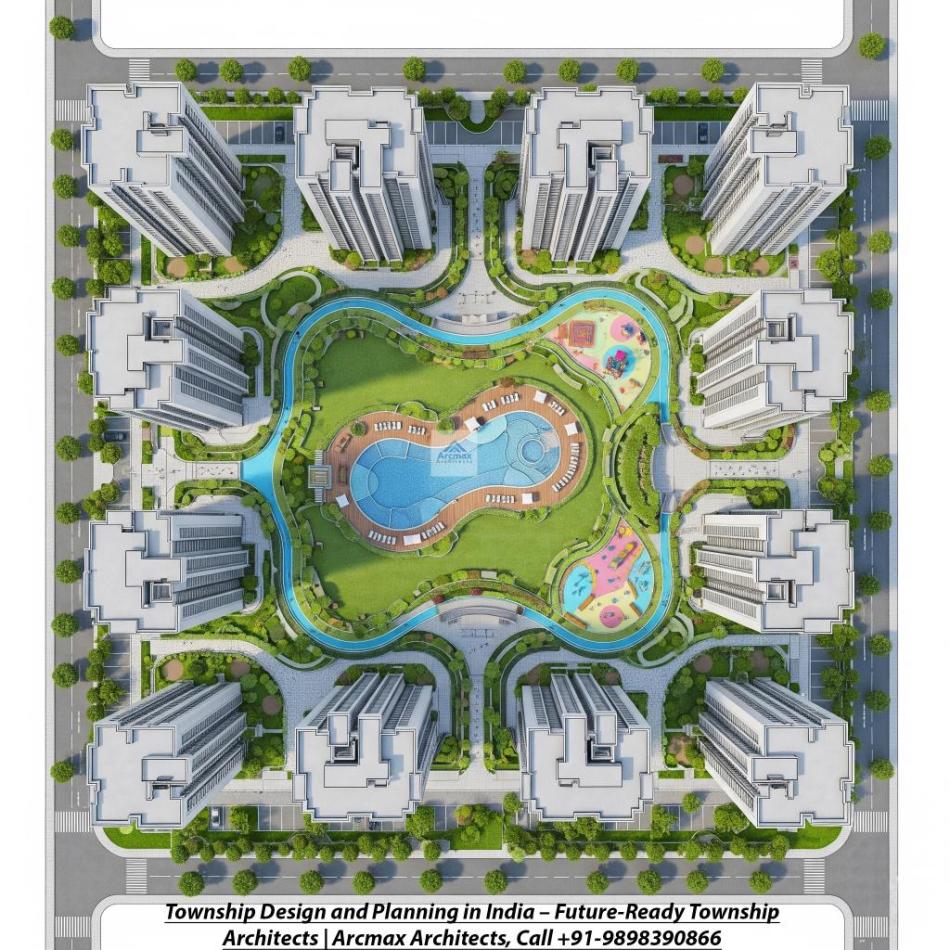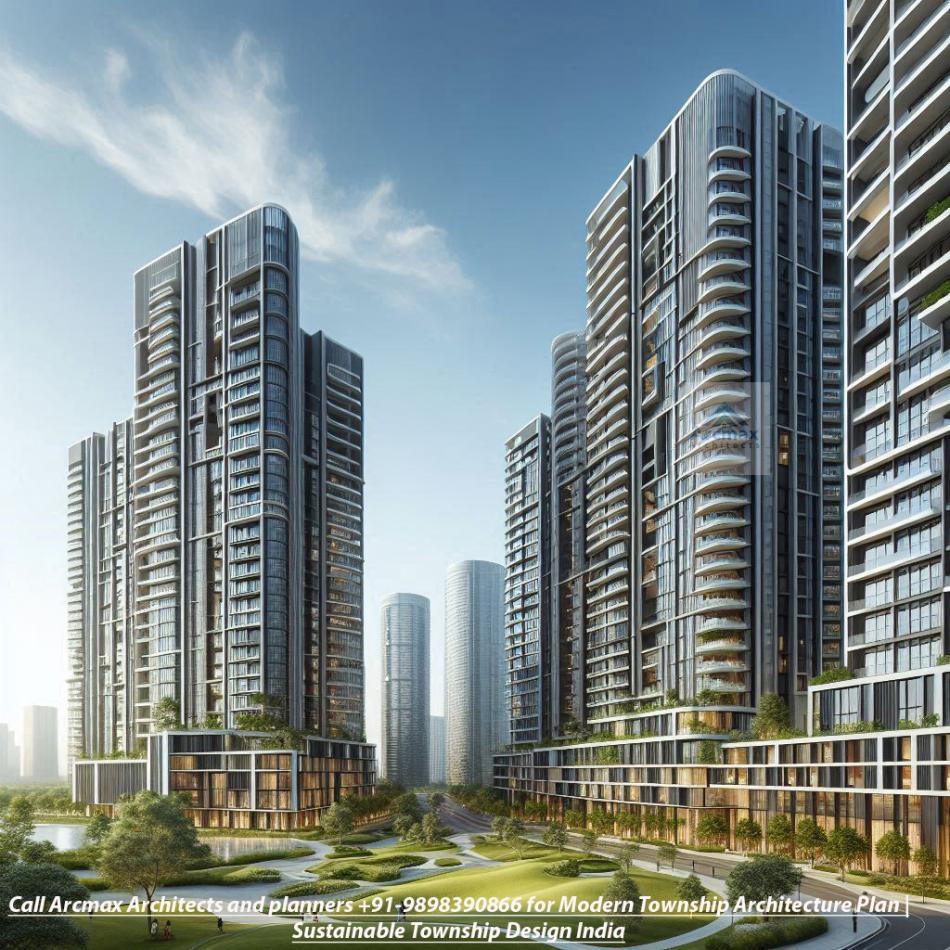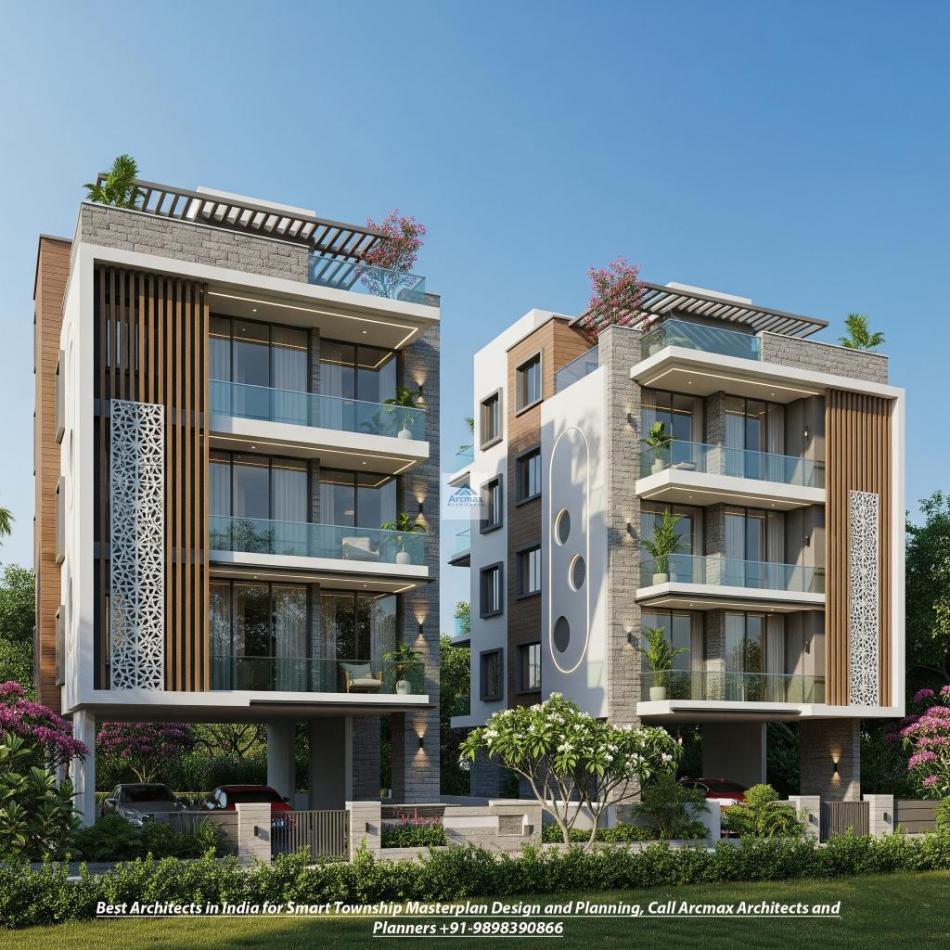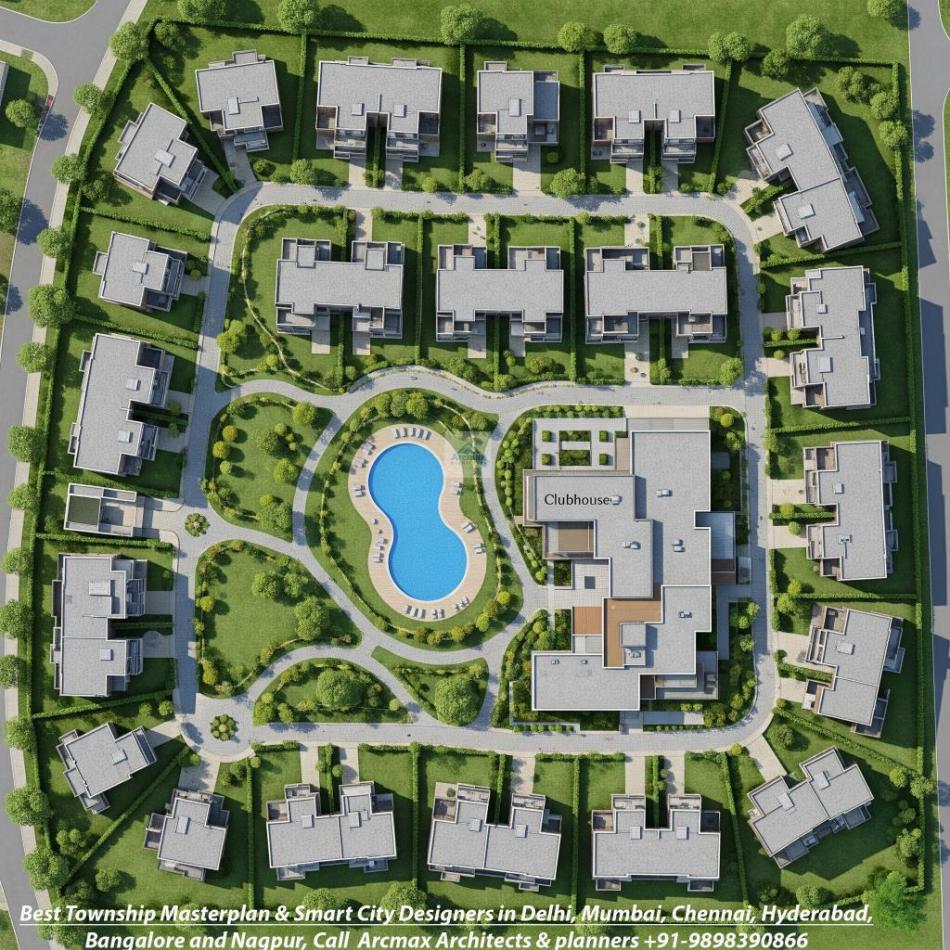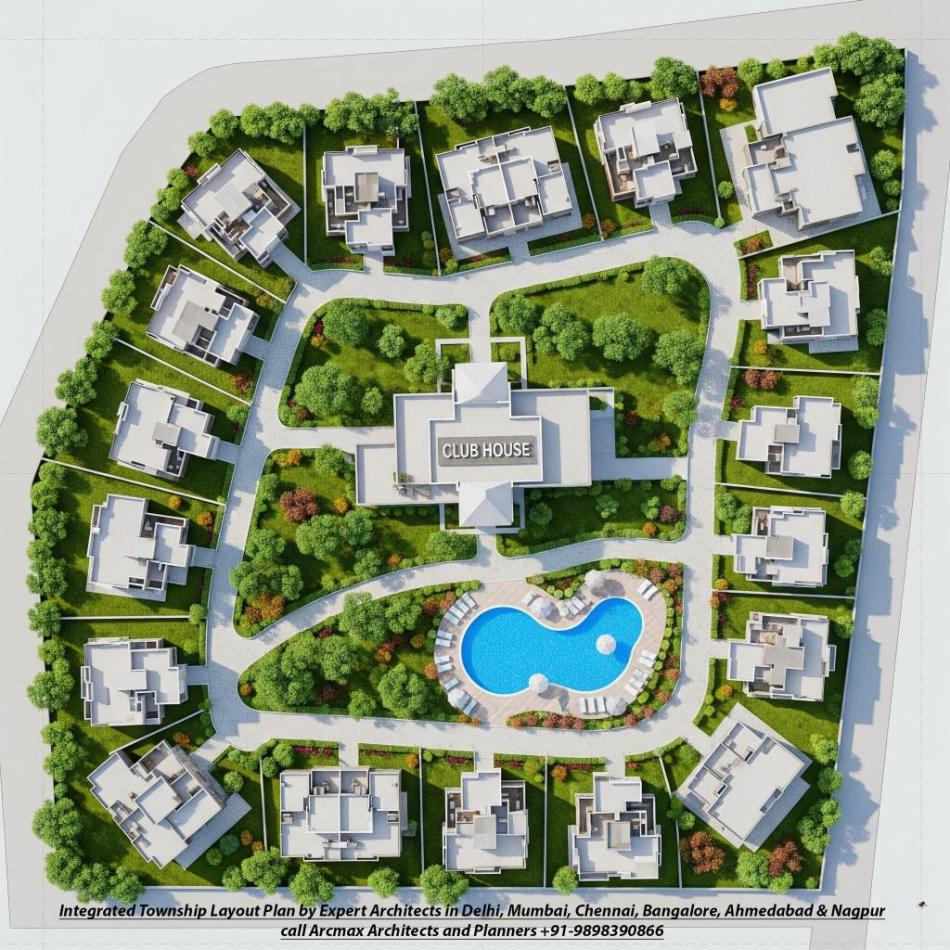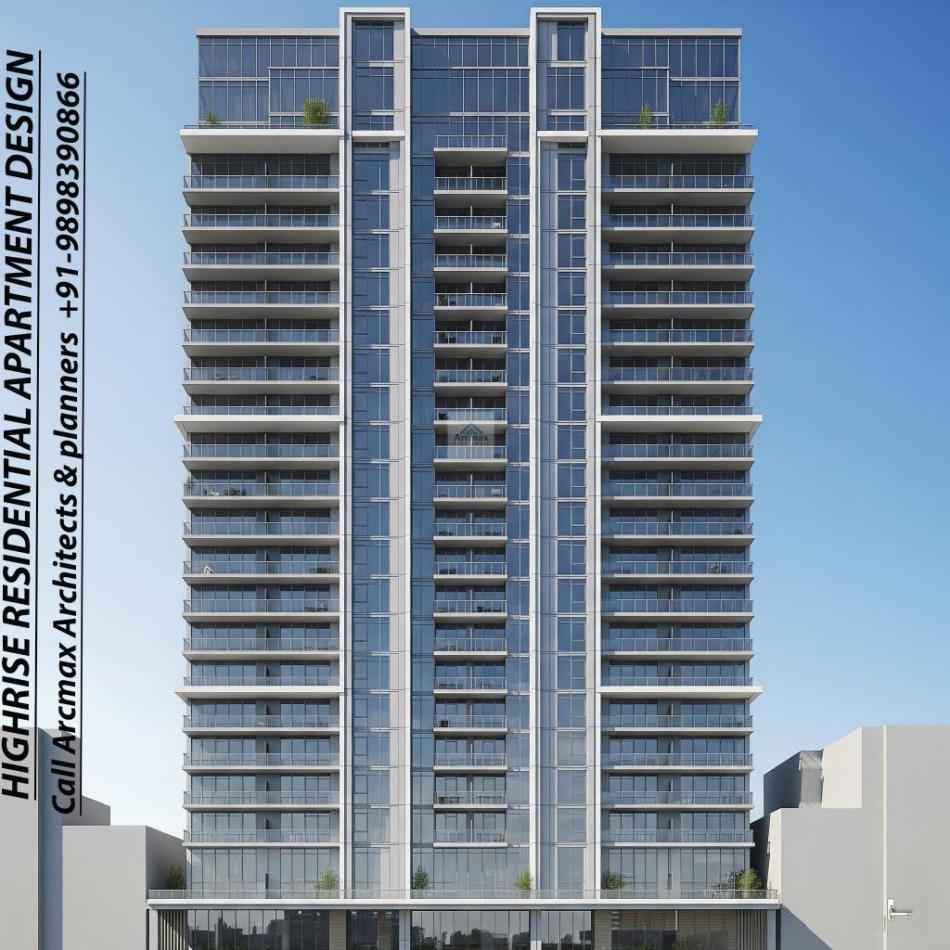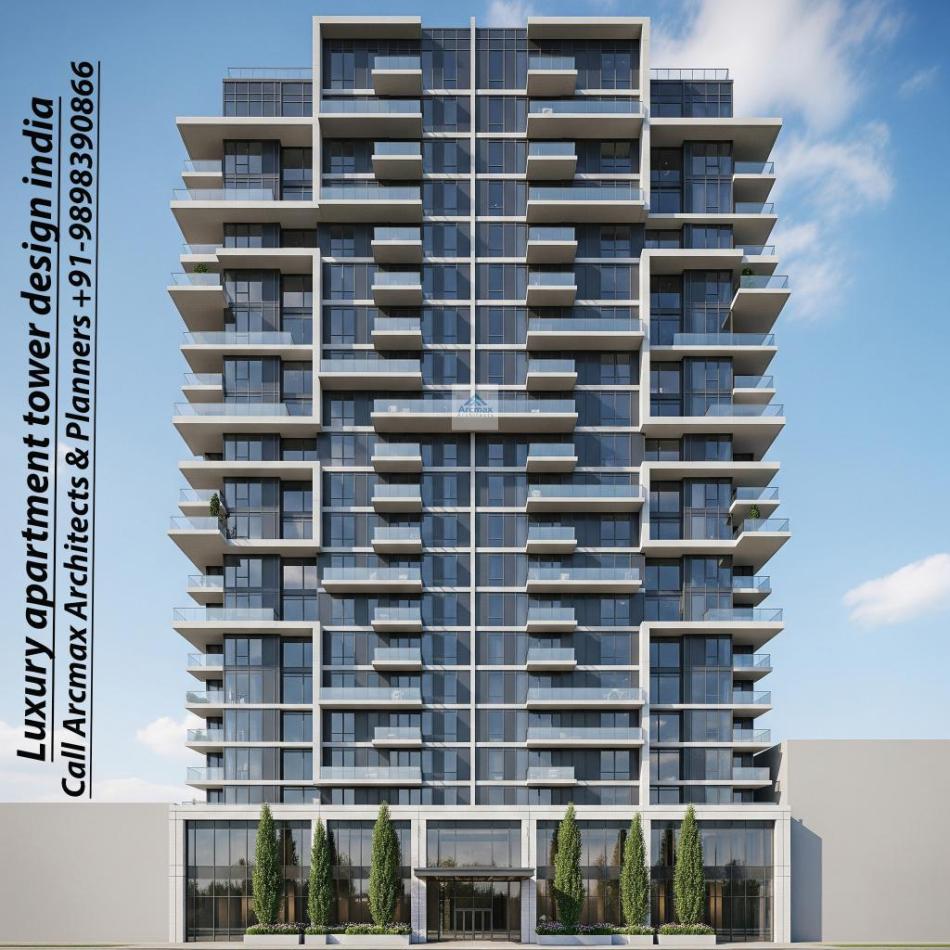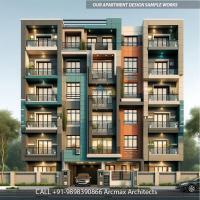Bakeri City, Pincode: 380015 Ahmedabad, Gujarat, India,
244 Madison Avenue, New York, United States
Our Client






Sustainable and Green Housing Design and Planning in India, USA, and UK
Looking for Best Architects for Sustainable and Green Housing Design and Planning in India, USA, and UK ? Hire Arcmax Architects Today or call +91-9898390866 for Sustainable and Green Housing Design and Planning
ArcMax Architects stands out as the premier choice for sustainable and green housing design and planning in India, the USA, and the UK. With a deep understanding of diverse environmental challenges and regional requirements, ArcMax blends innovative design with eco-friendly practices to create homes that are both sustainable and aesthetically pleasing. In India, their expertise in passive design and rainwater harvesting sets them apart. In the USA, their commitment to LEED certification and net-zero homes showcases their dedication to cutting-edge sustainability.
Meanwhile, in the UK, ArcMax's proficiency in meeting rigorous energy efficiency standards and retrofitting older buildings highlights their comprehensive approach. By integrating smart technology, renewable energy, and sustainable materials, ArcMax Architects not only reduces environmental impact but also enhances the quality of life for residents, making them the ideal partner for green housing projects across these regions.
The global shift towards sustainability has brought the concept of green housing to the forefront of architectural and urban planning discussions. In countries like India, the USA, and the UK, the approach to sustainable housing varies based on climate, resources, and socio-economic factors. This article explores the key aspects of sustainable and green housing design and planning in these three diverse regions.
Sustainable Housing in India
India faces unique challenges in sustainable housing due to its diverse climate zones, rapid urbanization, and socio-economic disparities. The primary focus areas include energy efficiency, water conservation, and the use of locally sourced materials.
Key Strategies:
Passive Design: Incorporating passive solar design principles to reduce reliance on artificial heating and cooling. This includes strategic placement of windows, insulation, and shading devices.
Rainwater Harvesting: With water scarcity being a critical issue, many green buildings in India integrate rainwater harvesting systems to ensure sustainable water supply.
Green Building Materials: Utilizing materials like fly ash bricks, bamboo, and recycled steel reduces the environmental impact of construction.
Energy Efficiency: Solar panels, energy-efficient lighting, and appliances are increasingly used to minimize energy consumption.
Government Initiatives: Programs like the Indian Green Building Council (IGBC) and the Energy Conservation Building Code (ECBC) promote and certify sustainable building practices.
Sustainable Housing in the USA
In the USA, sustainable housing is driven by technological innovation, stringent building codes, and a growing market for green real estate. The focus is on reducing carbon footprints and creating resilient, energy-efficient homes.
Key Strategies:
LEED Certification: The Leadership in Energy and Environmental Design (LEED) program sets the standard for green building in the USA, encouraging the use of sustainable materials, energy efficiency, and water conservation.
Net-Zero Homes: These homes produce as much energy as they consume, typically through a combination of energy-efficient construction and renewable energy sources like solar or wind power.
Smart Home Technology: Integration of smart thermostats, energy management systems, and home automation reduces energy usage and enhances sustainability.
Sustainable Urban Planning: Emphasizing walkability, public transport, and green spaces in urban planning to reduce reliance on automobiles and promote a healthier lifestyle.
Incentives and Rebates: Federal and state programs offer financial incentives for homeowners and builders to adopt sustainable practices, making green housing more accessible.
Sustainable Housing in the UK
The UK has made significant strides in sustainable housing, focusing on reducing carbon emissions and enhancing energy efficiency. The approach is characterized by a strong regulatory framework and innovative design practices.
Key Strategies:
Building Regulations: The UK's Building Regulations mandate energy efficiency standards for new homes, driving the adoption of sustainable building practices.
Passivhaus Standard: This rigorous standard for energy efficiency in buildings reduces their ecological footprint and ensures high comfort levels with minimal energy use.
Retrofit Programs: The UK has numerous programs aimed at retrofitting older homes to improve their energy efficiency, including insulation upgrades, efficient heating systems, and double glazing.
Renewable Energy: Use of renewable energy sources such as solar panels, wind turbines, and ground-source heat pumps is encouraged and supported by government initiatives.
Sustainable Communities: Projects like BedZED (Beddington Zero Energy Development) demonstrate the viability of creating entire communities that prioritize sustainability and environmental responsibility.
Sustainable and green housing design and planning are essential components of addressing global environmental challenges. While the approaches in India, the USA, and the UK differ based on local conditions and priorities, the common goal is to create living spaces that are energy-efficient, environmentally friendly, and sustainable for future generations. By learning from each other's experiences and innovations, these countries can continue to lead the way in sustainable housing.



